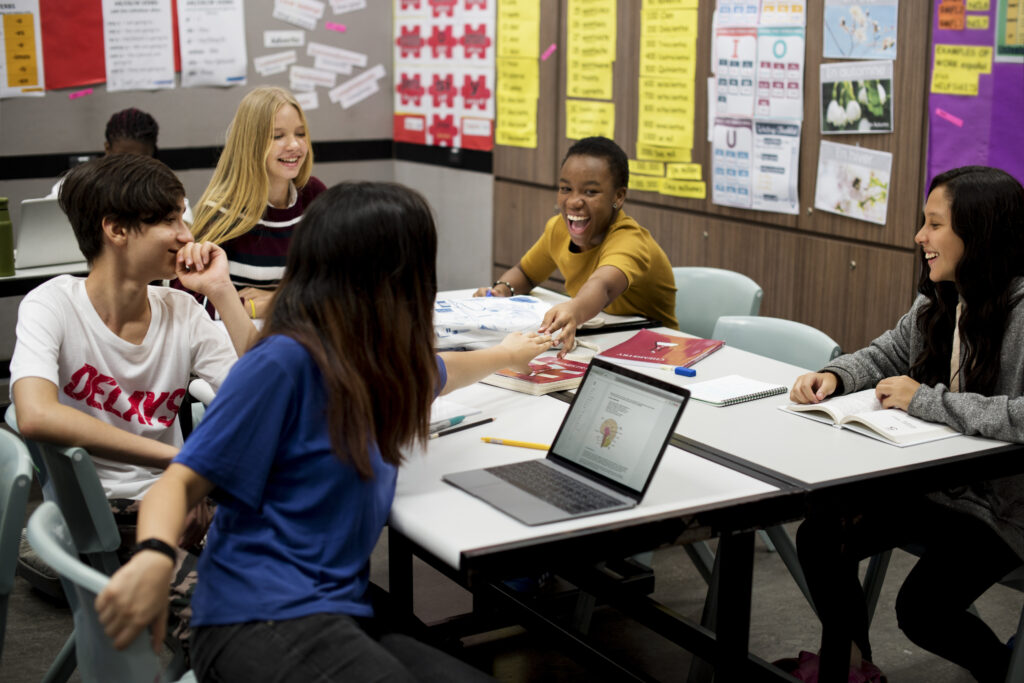Seeing clearly the duration of the crisis, as well as the unique demands of the reentry, serves several important purposes for leaders:
-
It creates urgency to find workable models for distance learning so we have less recovery work to do on the other side, and so we have them if we need them in the future.
-
It puts more focus on finding solutions for students most likely to be adversely affected by extended closures. All students and families need engagement and learning, but schools that are committed to equity can direct additional energy towards solutions for students and families in poverty and students with disabilities.
-
It unleashes creative energy towards new solutions and models. The more leaders can see the challenges of social distancing within school buildings, the better prepared they will be to enlist their team’s help in finding ways to hit the ground running.
That said, it is scary and sad to reflect on the extended disruptions to the school communities we cherish. Confronting the brutal reality can, in the long run, minimize disappointment and allow us all to harness our energy towards solutions.
But confronting reality can spur the process of grieving. We are missing well-loved traditions, we are cancelling big plans, we are aching for our communities, we are concerned about what this means for student outcomes and experiences. Educators are the most caring, committed, resourceful people, and their innovation continues to be an inspiration. If we lean on our communities of colleagues, we can help each other process these emotions so that we remain able to work toward solutions that help students and families.



